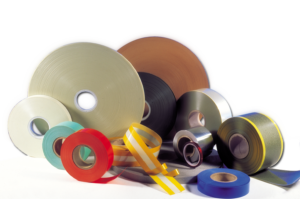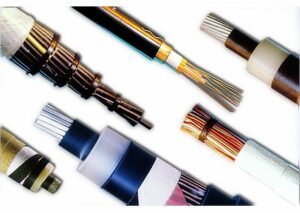
What are the different types of electrical insulation? Because they prevent the passage of electrical current between two conductors, electrical insulators are used in many applications. Below are the different electrical insulation solutions offered by ADDEV Materials. Technical insulating films These thin (<0.5mm) insulating polymer films, available in rolls, formats or cut peices, have a very [...]
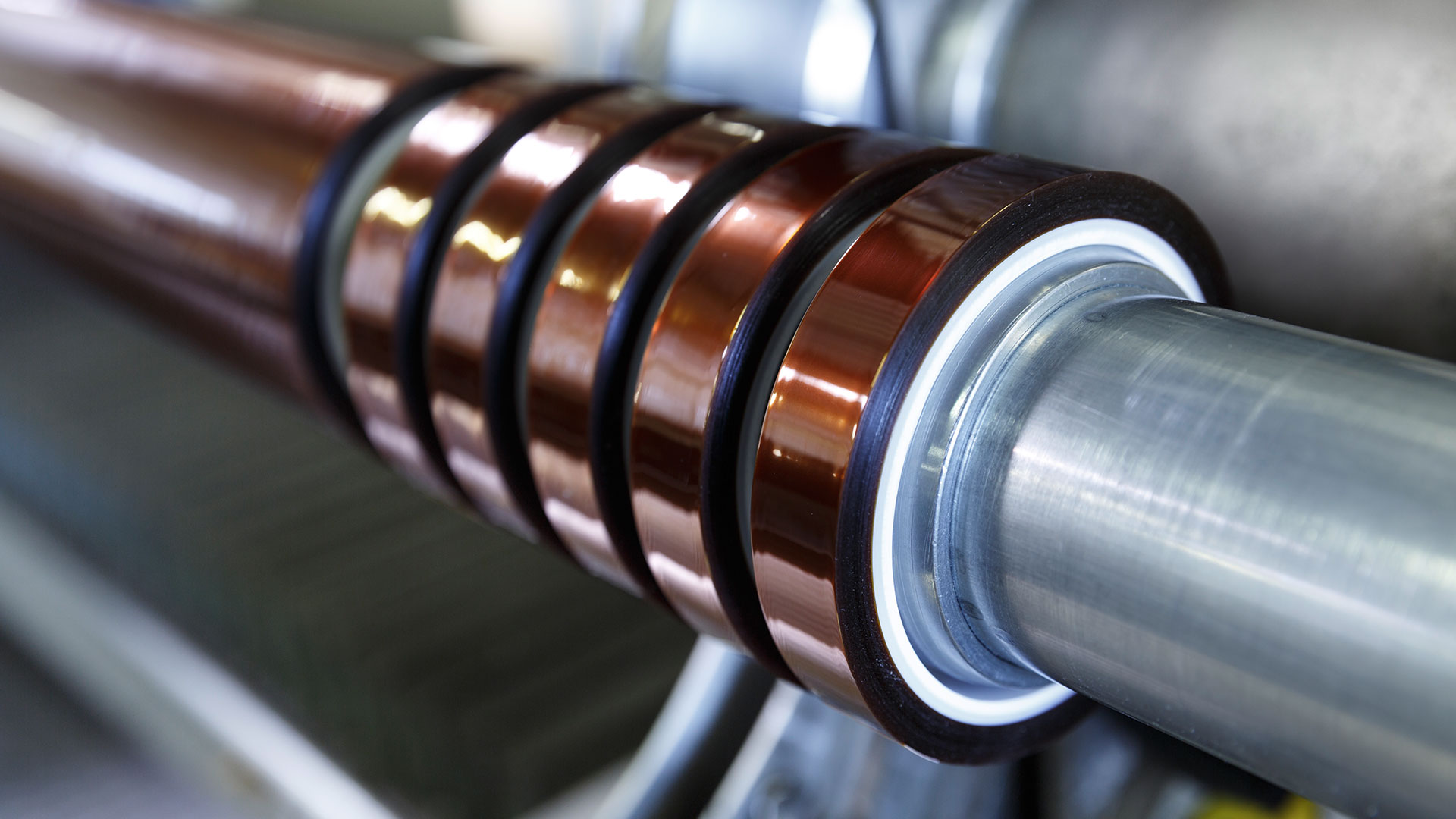
What are the cutting processes for insulation and technical films offered by ADDEV Materials? When they leave the manufacturer's premises, electrical insulators are available in rolls or boards. ADDEV Materials puts its expertise at the service of its customers by proposing the functionalization and the cutting of these insulators, in order to meet the specifications [...].
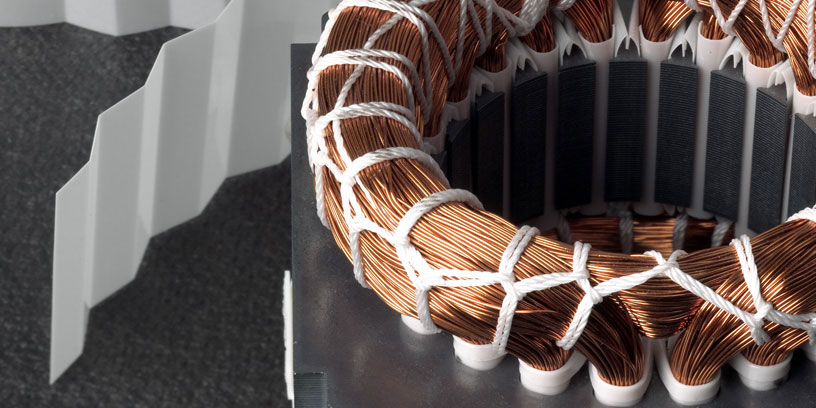
Choosing the right electrical insulation for the thermal class of your equipment In addition to ensuring a dielectric function , an insulating material must also have a temperature resistance corresponding to the conditions of use of the equipment to be protected. This ability is characterized by the thermal class and must be specified in the specifications. What is the [...]

All about the deterioration of dielectric properties No insulating material has an unlimited lifespan and the dielectric properties can degrade over time. Although the deterioration factors for these insulators may vary, the consequences are always the same: failure of the equipment to be protected. It is therefore essential to always choose the material adapted to the specifications. [...]
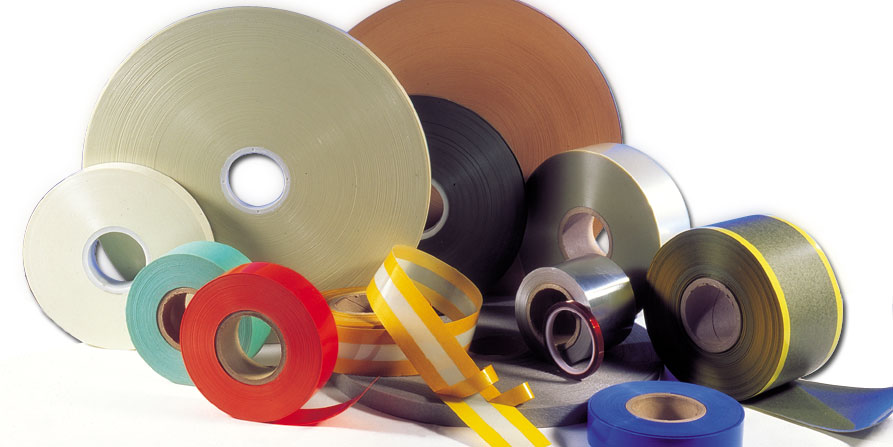
What is an electrical insulator and in what forms can it be found? Present in all industrial sectors, electrical insulators are indispensable elements, as they serve to protect equipment and people. These insulators come in hundreds of combinations of shapes, materials and assemblies, for sometimes very different applications. Here is a quick overview of these [...]

Gain in performance by modifying the design of electrical equipment, thanks to insulation There are several reasons why you may want to replace the electrical insulation materials in your existing equipment: Enhancing safety and endurance; The search for better performance for the same size; A need for miniaturization, with equivalent performance Here are a few [...].



